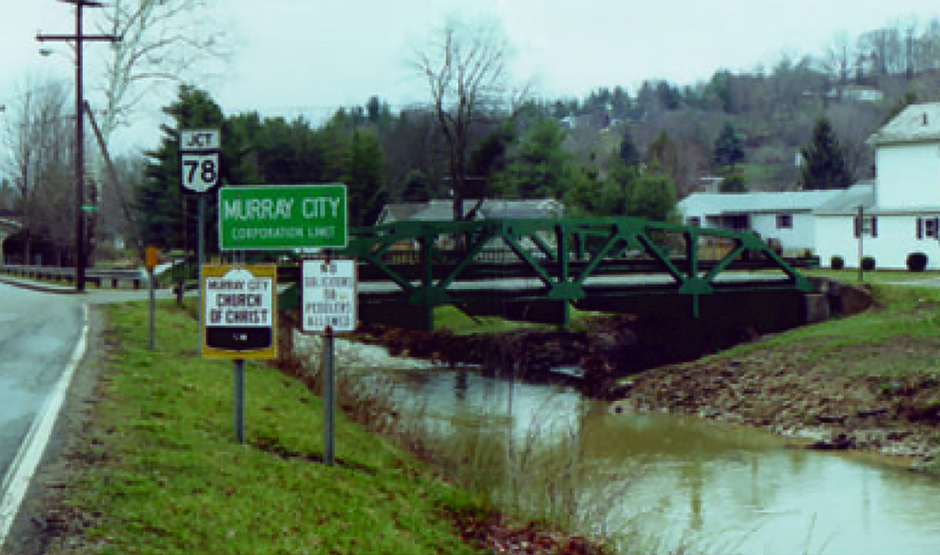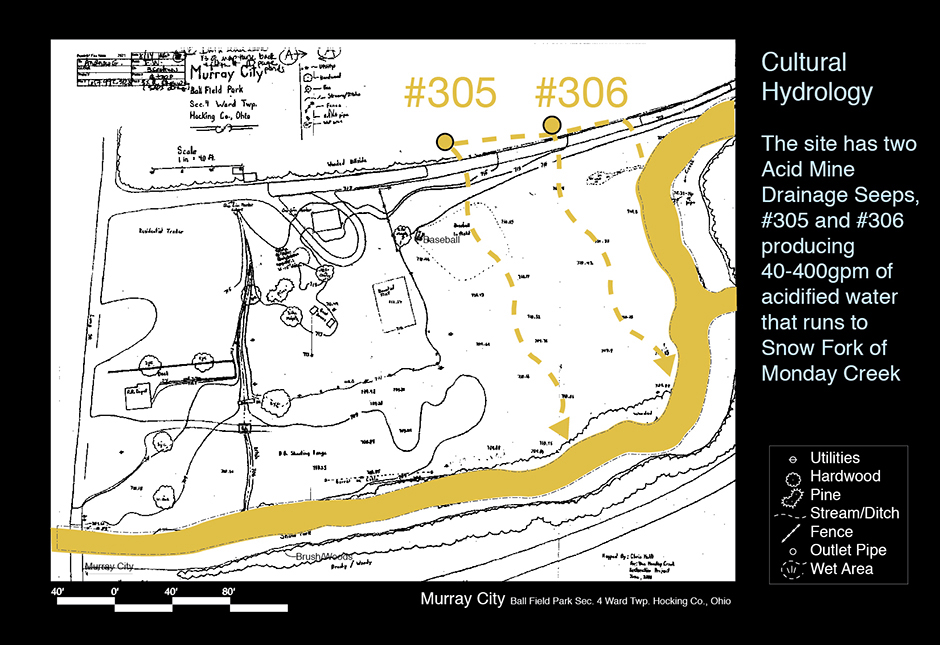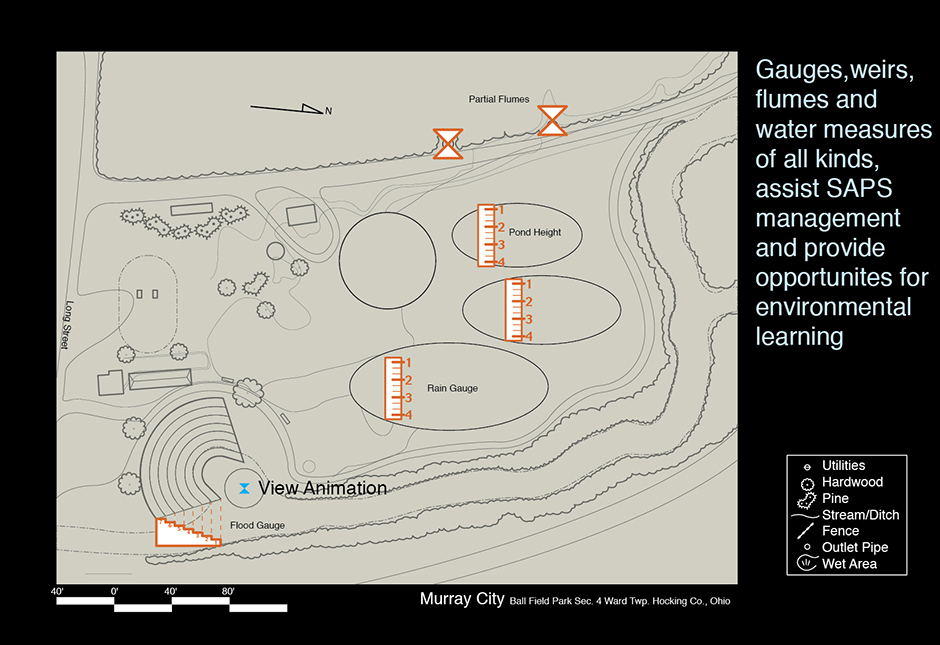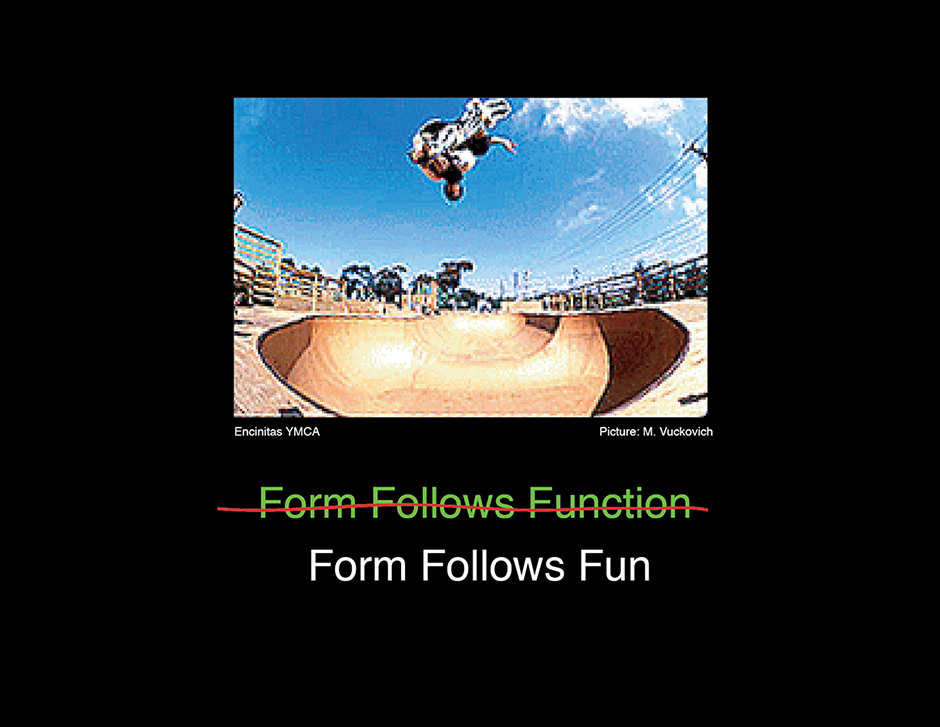FRANCESA
RANCESWR
ANCESWHT
NCESWHIE
CESWHITT
ESWHITEA
SWHITEHL
WHITEHE
HITEHEA
ITEHEAD
TWHEADF
EHEADFR
HEADFRA
EADFRAN
ADFRANC
DFRANCE
DATE
2001
LOCATION
Murray City, Ohio, USA
ART+DESIGN TEAM
Frances Whitehead, Project Lead
Michael R. Van Valkenburgh, Landscape Architect
Mitchell E. Farley, Environmental Specialist, ODNR
J. Michael Steinmaus, MCRP
Ivan Tribe, Historian
T. Allan Comp, Consultant, OSM
Mary Jane Jacob Curator, Consultant, NEA
PARTNERS + COLLABORATORS
U.S. Department of the Interior, Office of Surface Mining
National Endowment for the Arts
Appalaichia Clean Streams Program
Monday Creek Restoration Project
Rural Action
Ohio Department of Natural Resources
ADDITIONAL DOCUMENTATION
Full Narrative Report
Full Visual Presentation

Murray City Ball Diamond Project
Water remediation through innovation and community development.
Whitehead’s attempt to move reclamation to the forefront of creation is an important direction both as it narrows the distance between art and life, and defines the former as a meaningful force for social change –Jeffrey Hughes
This project is a joint effort of the citizens of Murray City, Ohio; Monday Creek Restoration Project (MCRP), a branch of Rural Action, Inc., along with State and Federal agencies to transform environmental liabilities into community assets. The project brings together a multi-disciplinary art+ design team charged to develop an innovative and artful approach to an Acid Mine Drainage (AMD) pollution remediation site that would otherwise be developed from a purely functional perspective. AMD is a widespread pollutant in all of Appalachia. Over 1300 stream miles are impacted by AMD pollution in Ohio alone.
The Proposal directly addresses the desire of the community to preserve their limited open space, with the environmental imperative to clean up the polluted water onsite.
In an engineering breakthrough, a multifunctional "time-share" site concept combines a series of artificial remediation wetlands with a conventional skate park. The wetland ponds known as a SAP system, form the core of a comprehensive site design plan where science education, water clean up, poetry and seasonality are legibly linked.
Known as the Murray City Ball Diamond, the 4.5 acre site is relatively flat and comprised of a rather permeable “chagrin” soil. It is owned by the Sunday Creek Coal Company but it has been used by the Village of Murray City for 30 years as a public park and ball field. The Monday Creek Watershed area population is stable at approximately 7, 085 people, with 16% of the population being over the age of 65. In 1990 Murray City had a population of 501. The site is used annually for a highly attended Fourth of July celebration called the “Hall of Fame Festival”; it is organized by the volunteer firemen and used to fund this vital community service.
In the oral traditions of Murray City, just as in the “artificial” ponds built everywhere in the area, these elements co-mingle overtly and are a unique cultural asset.
The site is adjacent to an area that was coal mined for about ten years and produces AMD. Rainwater and ground water run over exposed coal, become acidified, and make their way to the surface in two locations known as AMD seeps. These two seeps, shown as numbers 305 and 306, average approximately 40 and 61 gallons per minute, respectively, with peak flow topping 400 gpm during spring. The acidified water has a pH ranging from 2.5 to 3.3 and contains dissolved metals at the rate of 110ppm iron and 47 ppm aluminum. The seeps run off into the Snow Fork of Monday Creek where the water “armors” the stream bed with a metallic precipitant. These pollutants have a profound influence on aquatic organisms and human use of water supplies, often rendering streams almost lifeless. Snow Fork is such a "dead stream.” Snow Fork floods the site regularly about every ten years. Snow Fork also contains untreated sewerage, including some running across the site itself from homes on the west side of the site.
Nature and Culture are inseparable. Culture, sub-cultures, and societies develop in response to dense networks of forces that include the hydraulic, the linguistic, the geologic. All of these are embedded in the sociologic.
We hope to bring into visibility this co-mingling as we dispel notions that art and science cannot mix.
While the multiple aims of the project attracted the interest of municipal, local, and regional planning groups, whose ingenuity and cooperation would have been required, the project fell victim to ideological differences in process and the remediation system was never built.
The project remains an important example of "Artist Led" infrastructure design projects and a pilot for intergovernmental agency collaboration.




















